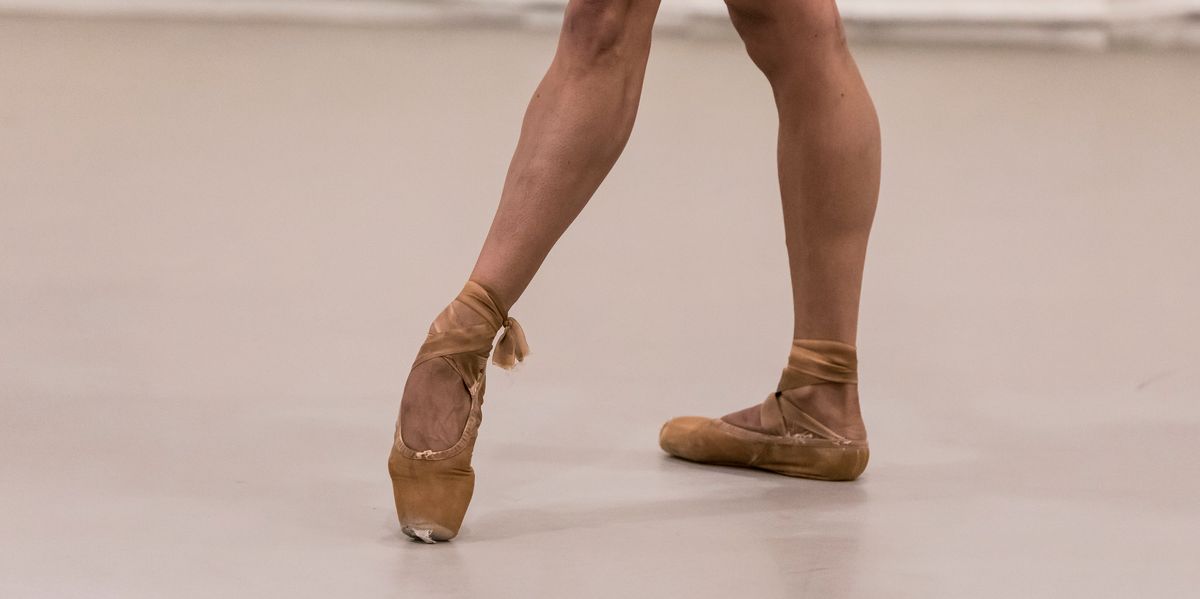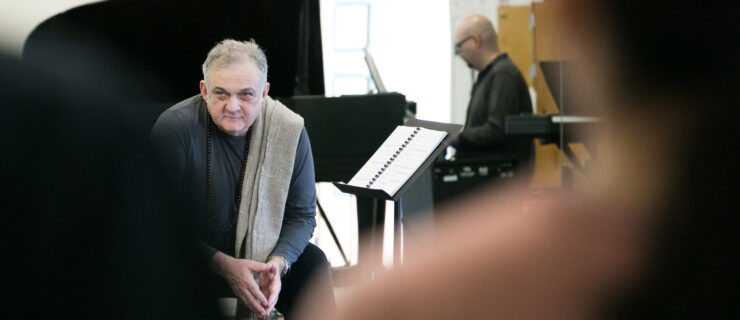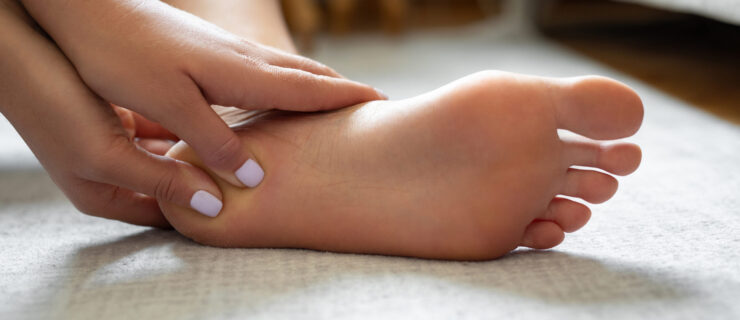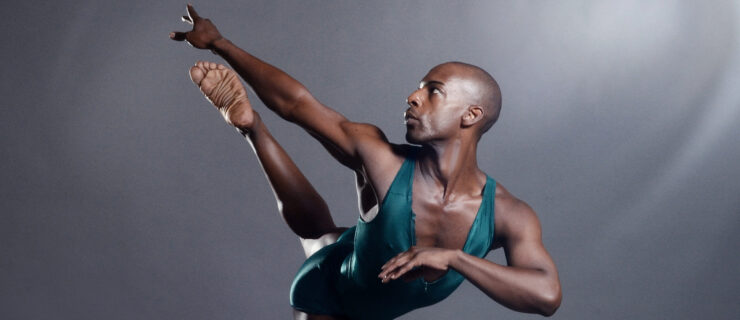Our 8 Best Pointe Shoe Hacks
It turns out that TikTok is good for more than just viral dance challenges. Case in point: We recently stumbled across this genius pointe shoe hack for dancers with narrow heels.
what I expected to go viral on TikTok for:-my cat that can do backflips-video of the dog cafe I live across from… https://t.co/QQHqOOwxsQ— Minnie Lane (@Minnie Lane)1581646365.0
Dancers are full of all kinds of crafty tricks to make their pointe shoes work for them. But don’t fear: You don’t need to spend hours scrolling TikTok to find the best pro tips. We rounded up a few of our favorites published in Dance Magazine over the years.
If your vamp isn’t long enough, sew an elastic on top of your metatarsals.
Last year, Pacific Northwest Ballet principal Elizabeth Murphy admitted to us that her toes used to flop all the way out of her shoes when she rose up onto pointe(!). “I have really long toes and stock shoes never had a vamp long enough,” she says.
Her fix? Sewing a piece of elastic (close to the drawstring but without going through it) at the top of the vamp for more support…and also special-ordering higher vamps.
Solve corns with toe socks
Nashville Ballet’s Sarah Cordia told us in 2017 that toe socks are her secret weapon: “I get soft corns in between my toes because I have sweaty feet. Wearing toe socks helps keep that area dry. I found a half-toe sock called ‘five-toe heelless half-boat socks‘ that I now wear in my pointe shoes.”
(For other padding game-changers, check out these six ideas.)
Save time by recycling ribbons and elastics.
Don’t waste time measuring new ribbons and elastics for every pair. Washington Ballet dancer Ashley Murphy-Wilson told us that she keeps and cycles through about 10 sets of ribbons and crisscross elastics. “It makes sewing new pairs easier because the ribbons and elastic are already at the correct length,” she says. Bonus: This also makes your pointe shoe habit more environmentally friendly.

xmbphotography, by Mena Brunette, courtesy The Washington Ballet
Tie your drawstring on demi-pointe.
In 2007
, New York City Ballet’s Megan Fairchild gave us this tip for making sure her drawstring stays tight: “I always tie it in demi-pointe because that is when there’s the biggest gap and where there’s the most bagginess on the side.”
Find a stronger thread.
When it comes to keeping your ribbons on, function trumps form—audiences won’t be able to see your stitches from the stage. Many dancers use floss as a stronger, more secure alternative to thread. Fairchild told us she uses thick crochet thread. “Before I go onstage I sew a couple of stitches in the knot of the ribbon to tack the ends,” she says. “I do a big ‘X.’ I have to make sure it’s perfect because I’m in it for the show. It’s always the very last thing I do.”
Don’t simply reorder your shoes on autopilot.
Even as adults, our feet keep growing and spreading as we age. Atlanta podiatrist Frank Sinkoe suggests going to a professional pointe shoe fitter at least once a year to make sure you’re in the right shoe.
You might even need different sizes at different times of the year, says New York City Ballet podiatric consultant Thomas Novella. During busy periods and in warm weather, your feet might be bigger than during slow periods in the winter. Have different pairs ready for what your feet need now.
Fit *both* feet.
Don’t forget that your feet might even be two different sizes. “If you’re getting toenail bruises, blood blisters or other signs of compression, but only on one foot, have someone check each foot’s size,” Novella says. The solution? Buy two pairs at a time—one for the right foot and one for the left.
Wash off the sweat.
Blisters thrive in a sweaty pointe shoe. Whenever you can, take your feet out of your shoes between rehearsals and give them a quick rinse off in the sink. “If feet sweat, they should be washed periodically during the day with soap and water and dried well, especially between the toes,” says Sinkoe.





